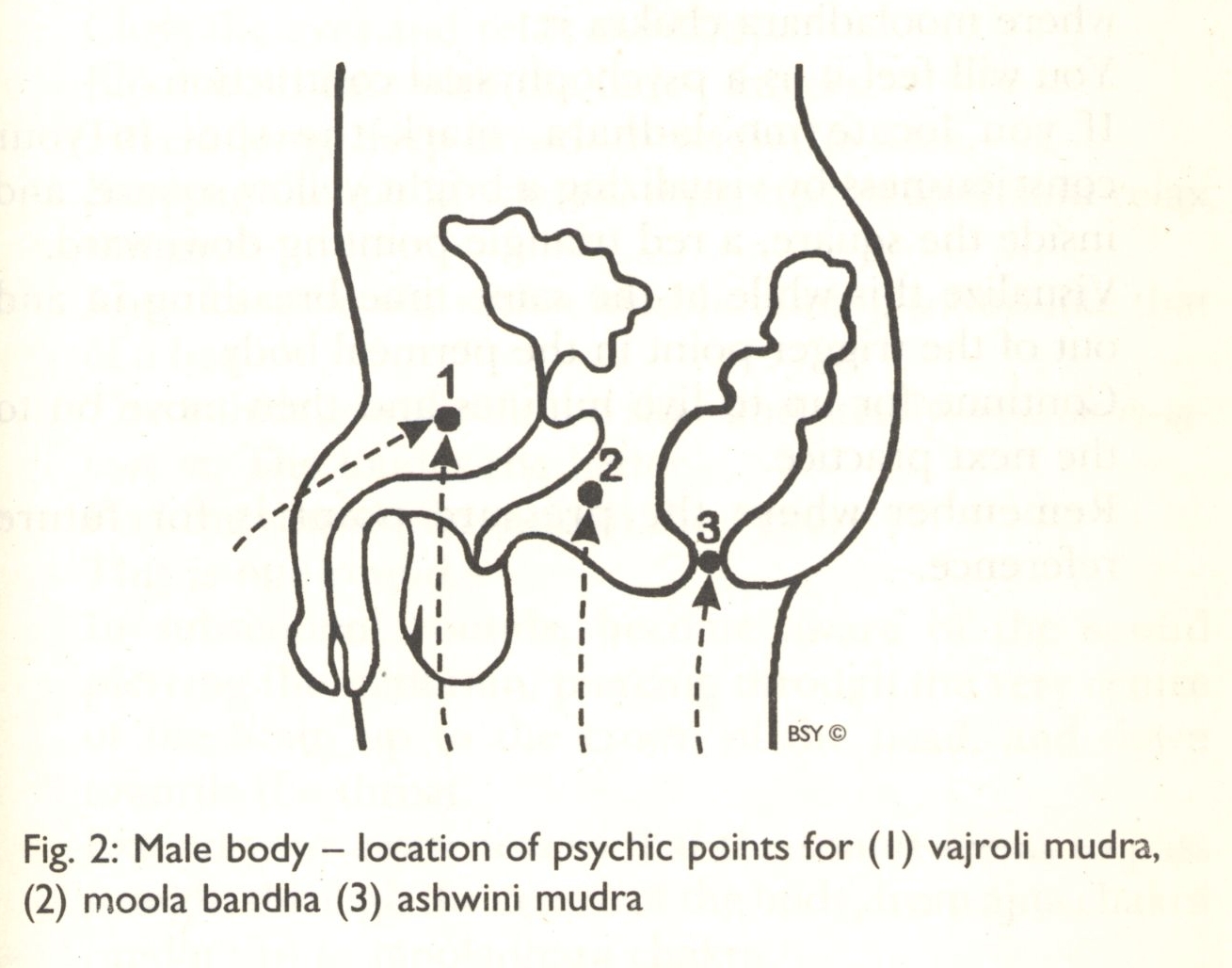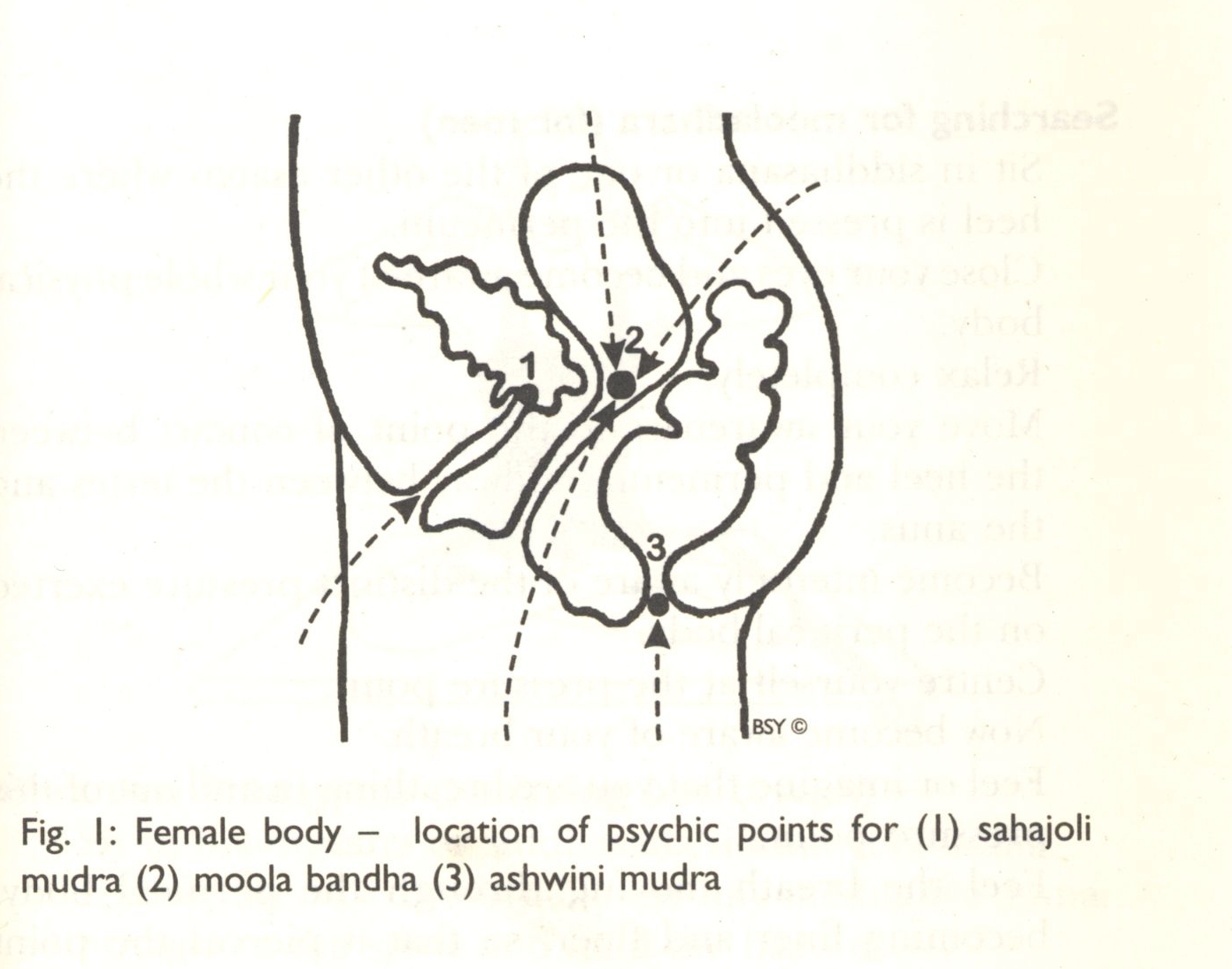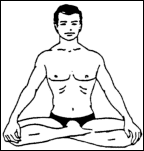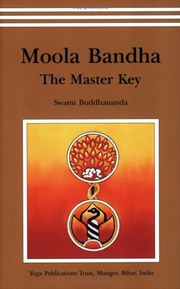Moola Bandha
Any one of the teachings in the body of yoga could be considered critical and if perfected has the potential to propel a student into life altering experiences. Unfortunately, to the degree that a teaching is profound, it is often equally illusive. If a teaching is easily accessible, it is rarely taught correctly or properly understood by those teaching it. This is compounded by the fact that there are so few students that actually explore a concept or practice on their own with any level of commitment or curiosity. With that in mind, consider that the practice I'm about to describe took me over 8 years to come to appreciate properly when I had profound experiences with it almost immediately and I've had a daily practice that entire time. Sometimes a most exquisite jewel can be right before your eyes and you fail to see it all the while. I would venture to say that there are more such jewel than you can imagine all right at the edge of your perception and recognition.
Asana
In the West, the word “yoga” is often thought of as a form of physical exercise, when in fact there is an immense body of teachings of which a portion of it is physical in nature. That aside, physical yoga is done in the context of postures or asanas. Sitting with the legs crossed and the hands on the knees is an easily recognizable example of a yoga posture, considered easy laughably. Asana is the Sanskrit word historically best known for the yoga concept of posture. It literally means “seat” and even more specifically “to be still in the seat.” While there are exceptions, the goal of asana is to be in a posture as perfectly as possible in orientation and alignment and then to be as still as possible.
Bandhas
To maximize our time doing asana, one or more body locks are applied. The three most widely taught and most easily understood are root lock (moola bandha), diaphragm lock (uddiyana bandha), and neck lock (jalandhara bandha). While each is magnificent in its own right, the first one, moola bandha could easily be considered the most important or provide the most profound impact the quickest. If you were to do no other practice other than moola bandha (including asana), you could conceivably get everything you need, that is taught in the whole of yoga (this is assuming that the practice is used as a launch board, a means to explore your innermost qualities), out of this practice. As you master this lock, the other locks become easily accessible, perfecting asana becomes less of a struggle, and the more subtle aspects of reality unfold within you.
The word Sanskrit bandha translates as “lock” or “bind.” The initial object of a body lock is to contract certain core muscles. In the case of root lock or moola bandha, the muscle contraction desired is the perineal body in the pelvic floor. Since it is quite foreign for most people to contract only the perineal body, the best approximation is accomplished by contracting the urinary muscles, excretory muscles, and lower abdomen. As awareness builds and the muscles can be isolated, only the perineal body should be contracted.
Location
The perineum overlies the outlet of the pelvis. It internal boundaries are in front of the pubic arch (the bone slightly above the genitalia) and behind the tip of the coccyx (tail bone). Its external boundaries are the scrotum/clitoris and the buttocks.

For men and women the location of the perineal body is a little different. For men, it is near the prostate gland. To isolate the correct contraction, a guy can place a fingertip midway in between the scrotum and anus and try to consciously lift the area the fingertip is touching upwards into the body.

For women, the first chakra is located just below the base of the spine, two to three centimeters above the pelvic floor, and two to three centimeters into the body from the opening of the vagina. To isolate the correct muscle contraction, a woman can insert one of her fingers into her vagina as far as possible. If she can isolate the contraction of the upper, deeper parts of the vagina, she has succeeded in contracting the area around the cervix. Successfully contracting this area without contracting the muscles of the anus or urinary system indicates successfully isolation of the mooladahara trigger point.
Likewise, contracting muscles is only an approximation to the real effect. What is really sought is psychic contraction of the first chakra, mooladhara without muscle contraction. By contracting the perineal muscles, the first chakra is likely to contract as well. Once the real things start happening, awareness can be directed to the specific location and the psychic act of locking or contracting becomes the practice. Psychically contracting mooladhara encourages the awakening of kundalini. This is the ultimate aim of the practice of moola bandha.
Benefits
Perineal contraction stimulates both the sensory-motor and the autonomic nervous systems in the pelvic region. Parasympathetic fibers emerge from the spine cord in the neck and pelvis. While sympathetic fibers emerge from the spinal cord in the upper and lower back. Parasympathetic stimulation results in decreased heart rate, respiration, and blood pressure, and a general sense of rest and relaxation.
Further physical benefits:
- Harmonizes the efficient functioning of the endocrine system
- By influencing the endocrine glands, certain biorhythms are regulated, stabilizing menstrual periods for example.
- Alpha brainwave production is increased
- Sympathetic activity decreased
- Confused and/or crossed neuronal circuits in the brain are reordered
- Digestive system is toned, massaged and revitalized
The downward and eliminative energies of the body are redirected upwards when moola bandha is applied. As consciousness moves downward in the body, awareness is focuses on earthly activities such as instinctual desire, overindulgence, lethargy, and concerns of security and safety. Blocking the downward energies such that they are redirected upwards re-enforce higher frequency awareness such as love, compassion, and psychic abilities.
By learning to control muscles and nerves, we gain control over breathing. Control of breath controls consciousness. When we breathe quickly and shallowly, states of fear and tension are experienced. As our breathing lengthens and deepens, we experience states of relaxation. To be able to willfully control the breath means having the ability to influences are thoughts and emotions. By applying bandhas, we seek to gain greater control over consciousness.
Bandhas act as triggering mechanism for the activation of the powerful force residing at the base of the spine called kundalini. When kundalini is awakened and arises from her sleep, she is the vehicle for the expansion of consciousness enabling the individual to fully develop their innate potential and rise beyond the mundane realm of birth and death, to the level of divinity.
Application

One of the ways to become familiar with the perineal area is by applying pressure to it. A passive way to do the most basic application of moola bandha is to press the heel of one of your feet into that area. Sit cross legged like easy pose. For men, the left heel presses into the perineum; the asana is called siddhasana or perfect pose. Yes, this is initially uncomfortable and it is a sensitive area. For women, the heel is placed inside the labia majora of the vagina (siddha yoni asana). Once you get a feel for what the pressure to the perineal area does, you can apply contraction actively in other postures or when ever you choose.
References

For a more complete discussion on moola bandha, I recommend the book “Moola Bandha The Master Key” by Swami Buddhananda.